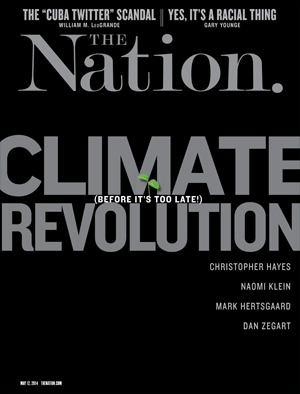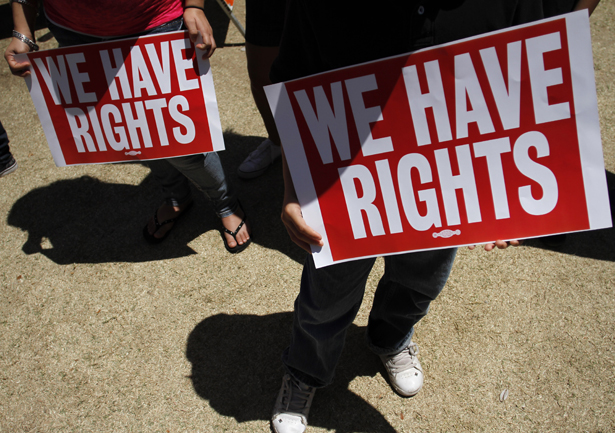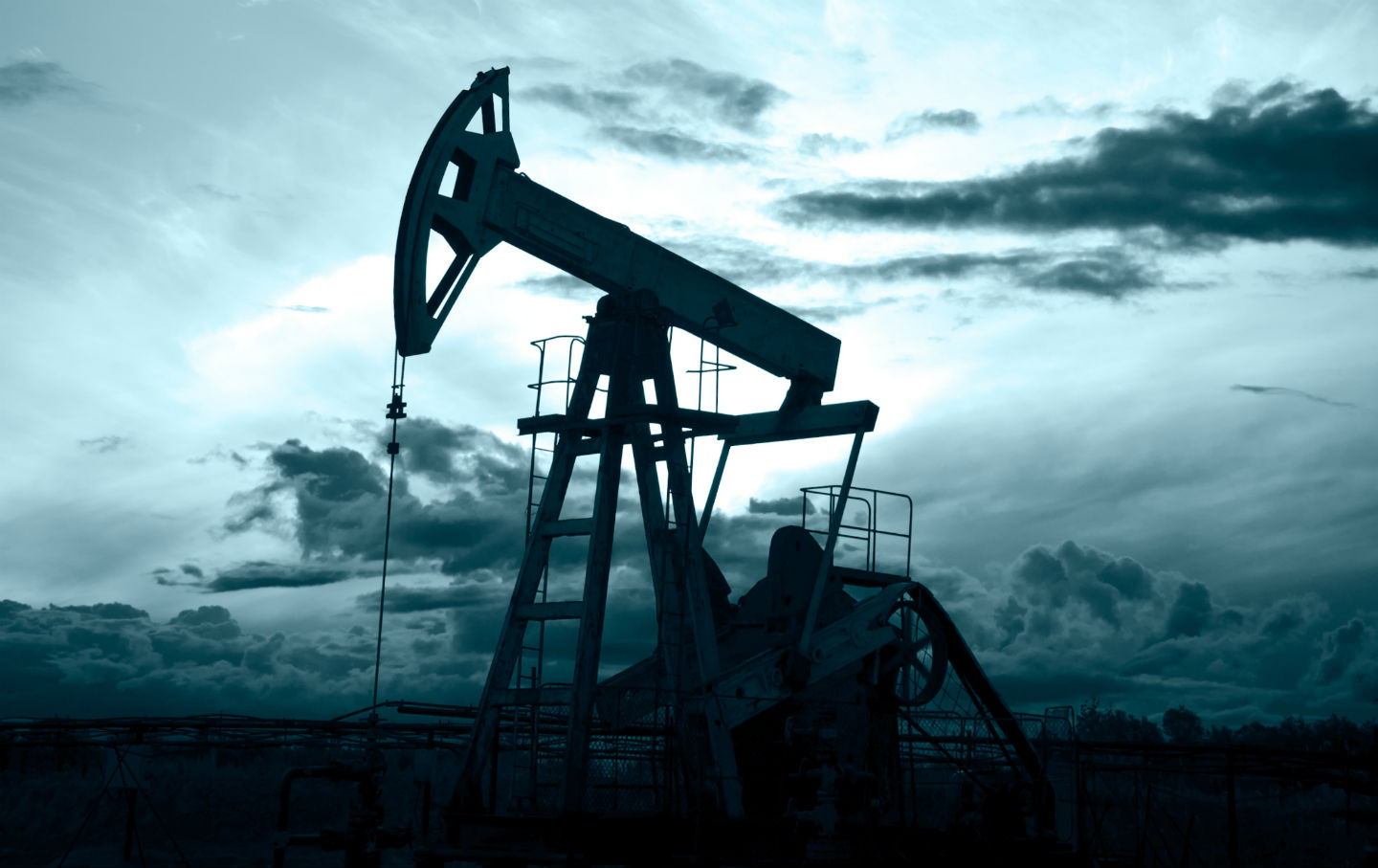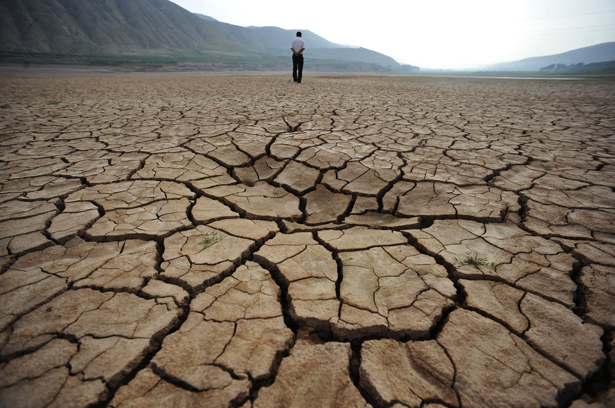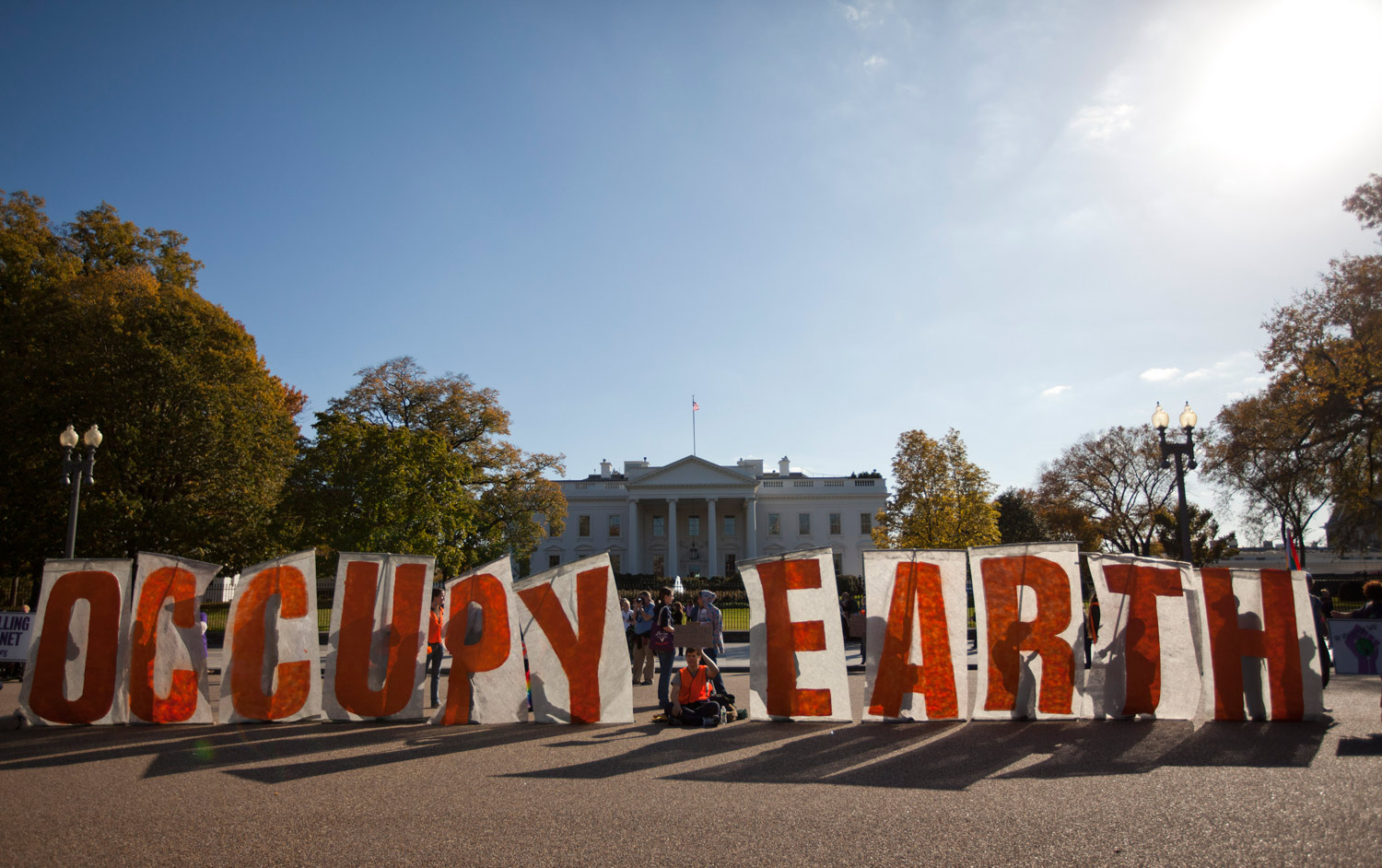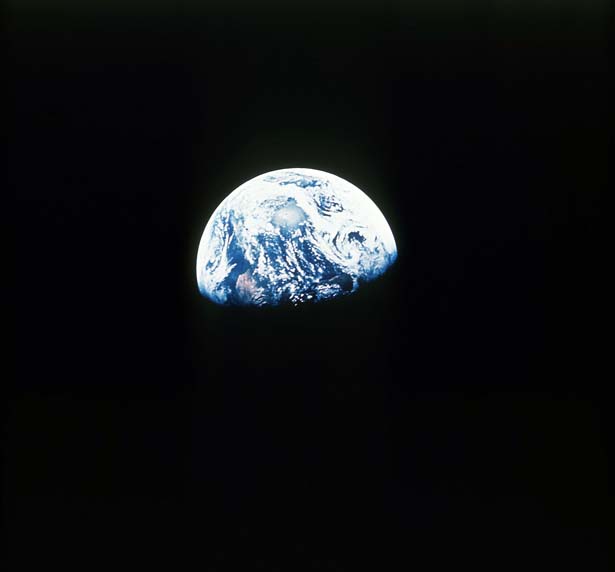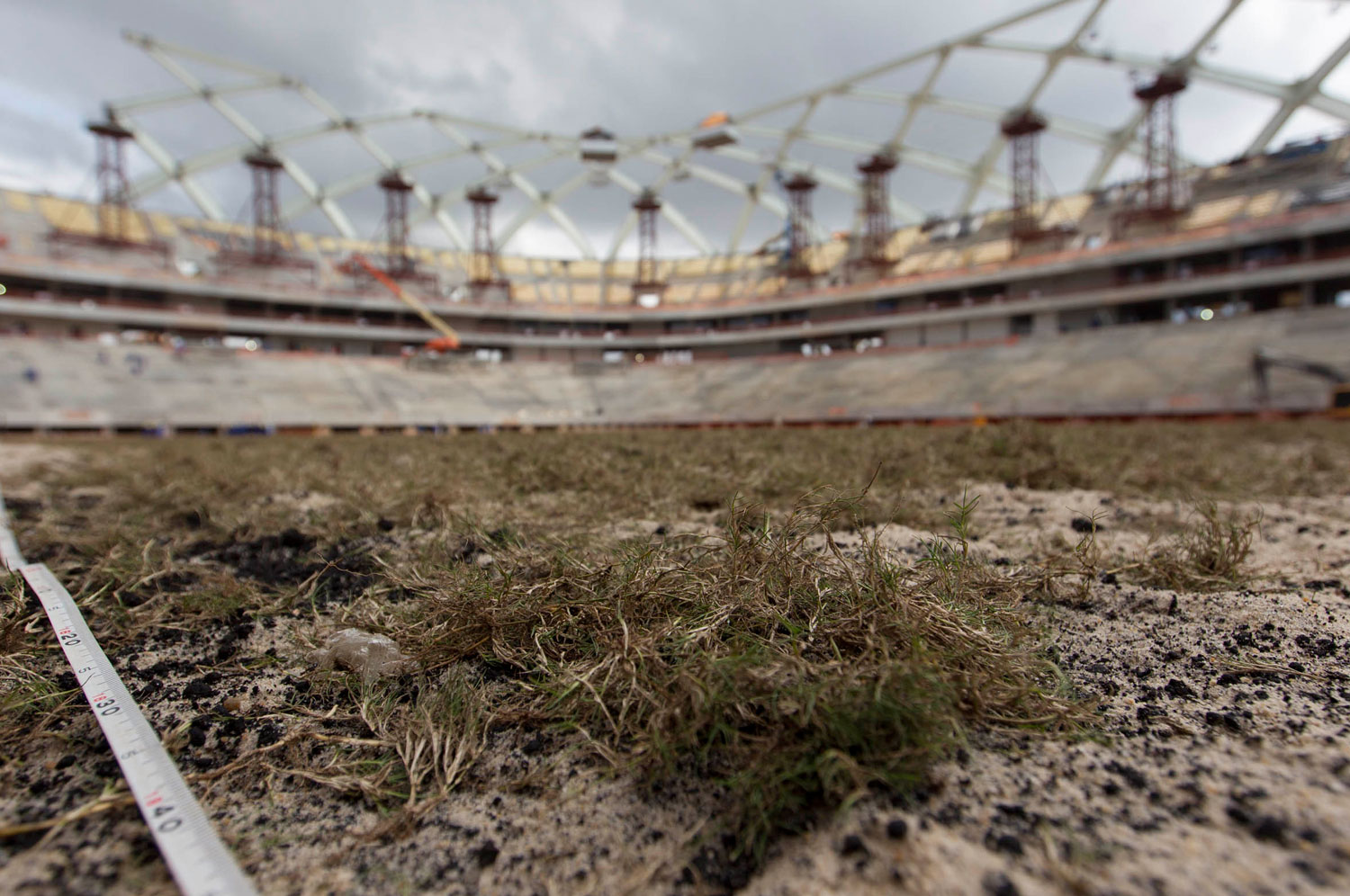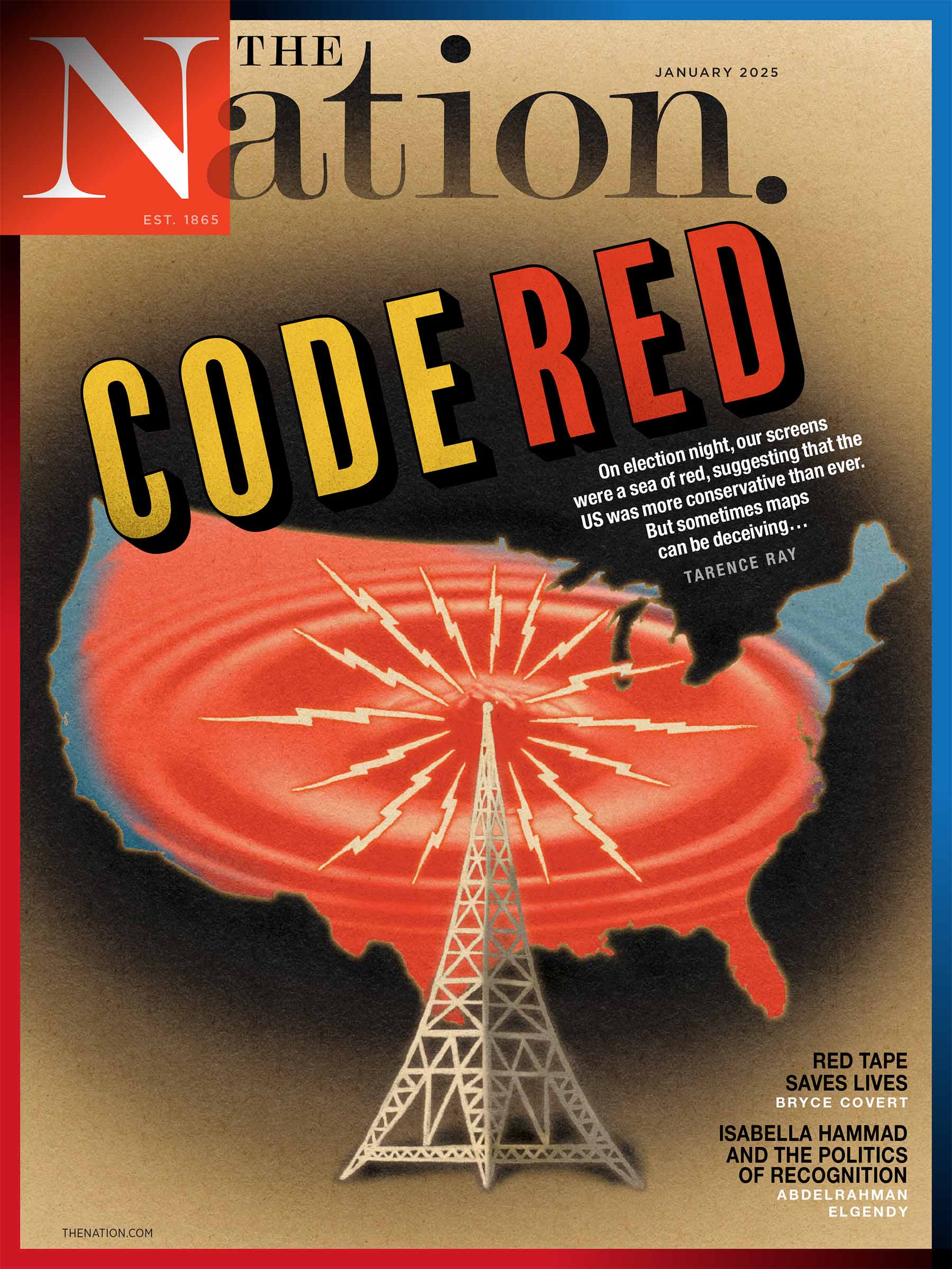Just in time for Earth Day came a fresh sign of the growing strength of the grassroots climate movement: the Obama administration announced on April 18 that it would delay yet again a decision on the Keystone XL pipeline, probably until after the November elections. Delay is not victory, and Big Oil and its
friends in high places will continue to insist that the project go forward. But make no mistake: Keystone XL would have been approved years ago if a feisty popular movement of farmers in Nebraska, indigenous peoples in Canada and environmentalists across the United States had not marched, filed lawsuits, gotten arrested and otherwise opposed a pipeline that would bring to market some of the most carbon-intensive oil on earth. Delay gives activists more time to educate the public about this suicidal folly and above all to build an even larger, more cantankerous grassroots movement—which, as history suggests, is the key not only to defeating Keystone but to winning the larger battle for climate survival.
Toward that end, The Nation marked Earth Day 2014 with wall-to-wall coverage of the climate challenge. Every piece of content we published online focused on climate change, and this issue features contributions from Christopher Hayes and Naomi Klein, who reflect on the challenges ahead, as well as a report by Dan Zegart on legal strategies for attacking the fossil fuel industry. “Nobody on this planet is going to be untouched by the impacts,” Rajendra Pachauri, chair of the UN Intergovernmental Panel on Climate Change, said on March 31, when releasing the latest scientific report on the suffering and economic disruption already being experienced.
One reason the climate movement isn’t bigger is that many Americans still regard climate change as “just” an environmental issue. Progressive activists and organizations are only beginning to grasp how climate change will affect their concerns, from economic justice and immigration to human rights and foreign policy.
It’s worth remembering the first Earth Day, in 1970, when 20 million Americans took to the streets to demand action, and to take action themselves: planting trees and gardens, educating voters and schoolchildren. This outpouring led President Nixon to create the Environmental Protection Agency and to sign laws that still provide, on paper, some of the strongest environmental protections on earth. Nixon did this, we now know from his aides’ memoirs, not because he cared about nature—the man wore wing tips to walk on the beach—but because he feared that an aroused populace could jeopardize his re-election.
Please support our journalism. Get a digital subscription for just $9.50!
Today’s climate movement has a surprising amount of good news to build on. Solar power is being adopted globally faster than cellphones once were. The world’s third-largest oil company, Royal Dutch Shell, has endorsed a tough cap on carbon emissions. A majority of Republicans under age 35 tell pollsters that denying climate science—a position their party’s representatives in Washington follow like lemmings—is “ignorant, out-of-touch, or crazy.”
But congressional Republicans and Fox News aren’t the only ones who deny climate change. Many others engage in “soft denial”—refusing to face the climate crisis because it’s too disturbing. This is the dilemma we as a civilization now confront. Our scientists are warning that all we hold dear will perish if we continue on our current trajectory. But they also say we have the tools to turn away from death and build a brighter future. The hour is desperately late, but this choice is still ours to make.
Read Next: Jeremy Brecher on jobs and the environment Read More
Mark Hertsgaard
